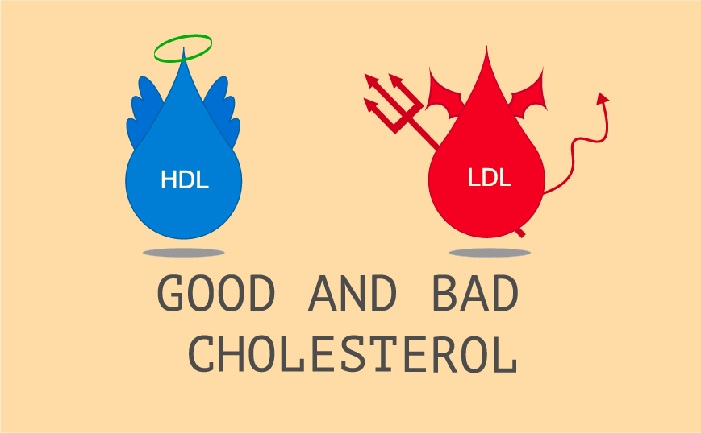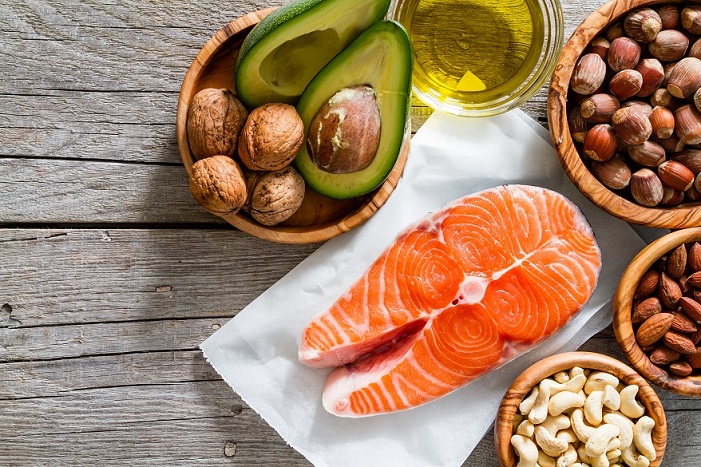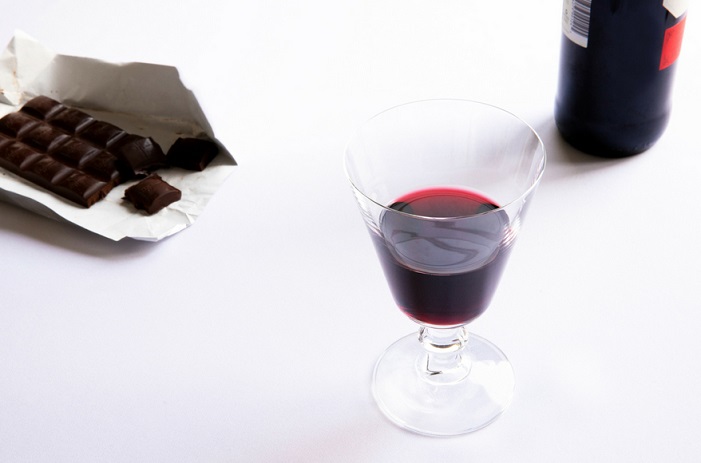All hail the avocado! When it comes to fatty foods, you might wonder why avocados are praised and ice cream is criticized.
It’s time to clear the air and talk about why eating fat is okay, and why some fats have a better reputation than others.
Fat Misconceptions
Here are the common misconceptions about good vs. bad fats.
“Fat Will Make Me Fat”
No, eating fat doesn’t necessarily make you fat. Fat is richer in calories (AKA: energy!) than carbohydrates and protein, so eating it is simply an easier way to acquire excess energy.
Our bodies convert extra energy into fat molecules, regardless of the food source. These fat molecules are stored in our bodies but get converted back into energy when needed.
If we don’t use up the molecules for energy, they might build up, causing weight gain and physical changes. Don’t let this scare you from eating fat– just keep moderation in mind! With a balanced diet and moderate exercise, this will hardly be an issue.
“I’m Gonna Get a Heart Attack”
Aside from weight gain, fat is also associated with increasing the risk of heart disease. This may be true for certain types of fat, but not all fats are created equal.
Certain fats increase the “bad” cholesterol in our bodies which promote plaque build-up in our arteries. This slows down blood flow, and if conditions worsen, can lead to a heart attack or stroke.
Control Your Cholesterol
Cholesterol is a molecule used in many bodily functions such as cell membrane, hormone, and vitamin D production, but too much can be dangerous. Although cholesterol isn’t a type of fat, both belong in the same family called lipids due to similar characteristics.

It travels the blood in little spheres called lipoproteins, some of which are prone to get stuck in our arteries– this is why cholesterol is often categorized as “good” or “bad”!
“Bad” LDL Cholesterol (LDL= Low-Density Lipoprotein):
Transports cholesterol to cells where cholesterol is needed but can get stuck in our arteries if too much is in our blood
“Good” HDL Cholesterol (HDL= High-Density Lipoprotein):
Helps pick up and get rid of excess cholesterol in our blood, reducing the risk of plaque build-up!
Research hasn’t fully understood whether or not eating cholesterol-containing food directly correlates to the amount we have in our blood. Studies suggest that the types of fat we eat play a bigger role in influencing our blood cholesterol levels.
Some people have a familial component to high cholesterol meaning they are at higher risk of having high cholesterol if it runs in their family.
Fat Facts: What You Need to Know!
Have you seen the terms Monounsaturated, Polyunsaturated, Omega-3’s, Trans, and Saturated thrown around in the media or on food packages at the grocery store? Those fancy names refer to the structures of fat molecules, which affect how they function in the body.
Good Fats vs. Bad Fats
We shouldn't avoid all fats. Without fats, our bodies would cease to function. Find out which fats will help your mind and body function at optimal levels and which fats make you feel sluggish.
Unsaturated fats
Unsaturated fats are typically found in oils and have a good reputation for providing health benefits, such as lowering “bad” cholesterol. They are further categorized into the terms Monounsaturated and Polyunsaturated Fatty Acids.
Monounsaturated Fatty Acid (MUFA):
Monounsaturated fats (good fats) may improve insulin sensitivity, meaning energy gets used up by cells more efficiently and may raise “good” cholesterol.
Good sources of monounsaturated fats:
- Olive oil, canola oil
- Nuts
- Avocados
- Safflower oil, peanut butter/oil, and sesame oil
Polyunsaturated Fatty Acid (PUFA):
Polyunsaturated fats may protect against inflammation, lower the risk of developing Alzheimer’s, improve lipid profile, and maintain immune function. Two types that we can only get from food or supplements are called Omega-3 and Omega-6 fatty acids.
Omega-6’s are commonly found in vegetable oils that many of us get enough of due to their popular use in snacks and processed foods.
Omega-3 fatty acids are important because many individuals do not get enough, and they may play roles in brain and vision development, blood health, immune and inflammatory responses, and allergic reactions.
Good sources of polyunsaturated fats:
- Fatty fish (salmon, albacore tuna, sardines)
- Walnuts
- Vegetable oils
- Flax seeds and chia seeds
- Eggs (if the chicken is given high omega-3 feed).
Saturated Fat
High concentrations of saturated fat can be found in butter, animal meat, and dairy products. If consumed too often, saturated fat may help raise blood cholesterol levels, including the “bad” kind, and blood sugar.
Completely avoiding food that is high in saturated fat may not be realistic, and it is okay to eat them in moderation. A great way to reduce saturated fat intake is to stick to lean meats and low-fat dairy products!
Trans Fat
Trace amounts of trans fat are naturally found in some meat and dairy products, but most are artificially produced and used to make processed goods, baked snacks, and margarine.
Products may be labeled “0 g trans fat” if no more than 0.5 g of trans fat is in each serving, but anything that lists “partially hydrogenated oil” in the ingredients has some.
Trans fat was deemed generally unsafe by the Food and Drug Administration (FDA) and eating too much of it may increase “bad” cholesterol, while decreasing “good”. Try to avoid trans fat by paying attention to nutrition labels!
So.. This Fat vs. That Fat?
Did you know that all of the fatty food we eat has a combination of both saturated and unsaturated fat? The important part is knowing which foods are higher in which fats.
Studies have shown that consuming foods higher in unsaturated fat instead of saturated and trans fat is better for our hearts.
If you are into numbers, 20-35% of your calories should come from fat, with no more than 7-10% from saturated fat. Learning more about different foods will help us make balanced choices.
References:
https://www.urmc.rochester.edu/encyclopedia/content.aspx?contenttypeid=56&contentid=2967
https://courses.washington.edu/conj/bess/cholesterol/liver.html
https://jandonline.org/article/S2212-2672(13)01672-9/pdf
https://www.eatright.org/food/nutrition/dietary-guidelines-and-myplate/choose-healthy-fats
https://medlineplus.gov/ency/patientinstructions/000785.htm
https://www.eatright.org/health/wellness/heart-and-cardiovascular-health/triglycerides-why-do-they-matter
https://www.khanacademy.org/science/biology/macromolecules/lipids/a/lipids
https://www.hopkinsmedicine.org/healthlibrary/conditions/cardiovascular_diseases/cholesterol_in_the_blood_85,p00220
https://www.ncbi.nlm.nih.gov/books/NBK470561/
http://www.indiana.edu/~oso/Fat/Definitions.html
https://health.gov/dietaryguidelines/2015/guidelines/chapter-1/a-closer-look-inside-healthy-eating-patterns/#limits-on-calories-that-remain-after-food-group-needs-are-met-in
https://healthyforgood.heart.org/eat-smart/articles/trans-fat
https://www.niddk.nih.gov/health-information/diabetes/overview/what-is-diabetes/prediabetes-insulin-resistance
Nahikian-Nelms, M. (2011). Nutrition therapy and pathophysiology. Belmont, CA: Brooks/Cole, Cengage Learning.
Krause, M. V., Mahan, L. K., & Escott-Stump, S. (2008). Krauses food & nutrition therapy. St. Louis: Saunders Elsevier.




